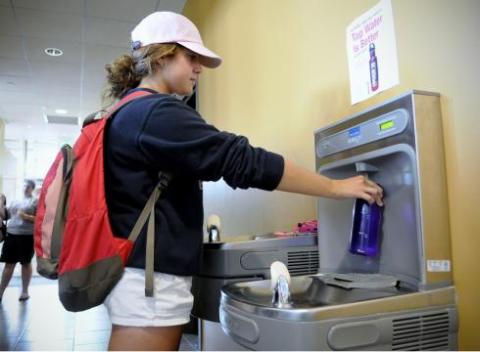The current world population of over seven billion has necessitated discussion to find ways to be smarter about producing, eating, sharing and preserving food. At the recent “Eating Planet” symposium in New York, the World Watch Institute and the Barilla Center for Food and Nutrition assembled a panel of farming and food policy experts to share their findings and statistics on this subject. Research indicates that there are more than one billion obese and overfed people on the planet. Many of these people are impacted by the adverse health issues associated with obesity, such as cancer, diabetes, and heart disease, just to name a few. On the other hand, there are more than one billion people on this planet who are underfed and must struggle with poverty and hunger on a regular basis. Amazingly, agriculture is the solution to both of these problems.
Growing indigenous crops empowers any group of people to be independent. Also, the most sustainable foods on the planet yield the lowest carbon footprint. A plant-based diet consisting of vegetables, fruits, whole grains, beans, nuts and seeds are vital to our health. Conversely, a diet rich in meat relies on the use of the life-sustaining grains that are so beneficial to people, and in turn, its consumption adversely affects our health. The transportation costs required to get meat to communities, along with the fuel expenses, preservation costs, etc., also negatively impact the environment.
We would be doing ourselves and the planet a big favor by reducing our meat consumption and increasing our consumption of vegetables, fruits, whole grains, etc. Making contributions to funds that educate underfed populations to grow indigenous crops also is something to consider. Face it, our population is growing, but our planet is not getting bigger. Let’s work together to make a difference. Live green, be green.




